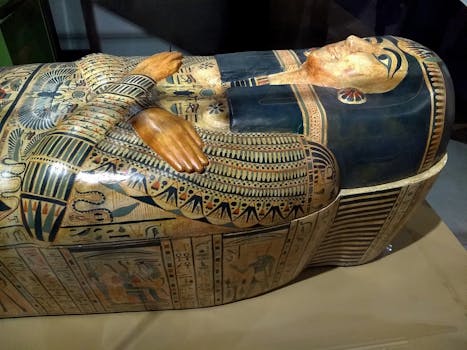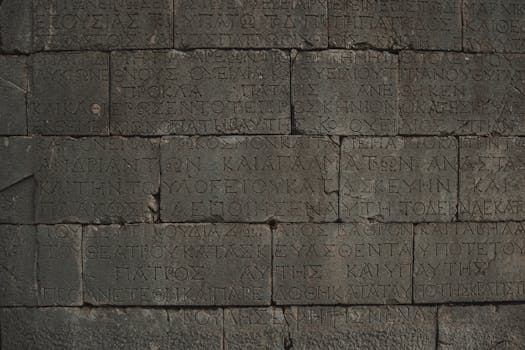Introduction

Cultural heritage embodies the identity and history of civilizations around the world. From ancient pyramids to indigenous artworks, these artifacts hold the memories of our ancestors and tell the story of human civilization. However, many ancient artifacts are under threat due to various factors including conflict, climate change, looting, and urbanization. This article delves into the threats to cultural heritage and explores the ongoing efforts aimed at preserving these invaluable treasures.
The Threats Facing Ancient Artifacts

Globally, numerous cultural sites and ancient artifacts are imperiled. Armed conflict in regions such as the Middle East has resulted in the destruction of historical sites, including Palmyra in Syria and the museum in Mosul, Iraq. Looting has become rampant, with precious items trafficked on the black market.
Moreover, climate change exacerbates the risks, as rising sea levels and extreme weather disrupt archaeological sites and habitats. Urban expansion adds another layer of threat as ancient sites become entangled in new development projects.
Global Efforts in Preservation

A multitude of organizations dedicated to service around the globe is striving to protect cultural heritage. UNESCO plays a crucial role through initiatives that recognize World Heritage Sites in need of protection and implementation guidelines for countries.
The Emergency Safeguarding of the Syrian Cultural Heritage aspect focuses specifically on preserving, cataloging, and harnessing technology. Various initiatives exhibit participations, collaborating with local authorities, cultural experts, and community organizations demonstrating how to defend heritage while respecting cultural practices.
The Role of Technology

Technological advancements aid in the protection and preservation of ancient artifacts. 3D scanning and printing enable researchers to create replicas of artifacts lost to conflict or decay, thus allowing for virtual exhibition, preventing further trafficking, and educating future generations.
Geo-spatial analysis and mapping activities utilize satellite imagery, benefitting organizations to monitor threat levels, access sites, and document changes to vulnerable landscapes. Improved cybersecurity protocols additionally protect databases of artifacts and cultural sites from digital theft.
Conclusion

Awareness and education about the suffering of ancient artifacts are vital in cultivating societal defense against these endleakab contributors.The challenges surrounding cultural heritage call for global respect, understanding, and initiatives that better reach collective voices reminding us why such forums to preserve engage universally.
Key Takeaways
- The preservation of cultural heritage faces threats from conflict, climate change, urbanization, and looting.
- Global organizations like UNESCO actively work towards protecting heritage with preservation initiatives and technology.
- Innovative technologies such as 3D scanning bolster preservation efforts while educating humanity on our collective heritage.